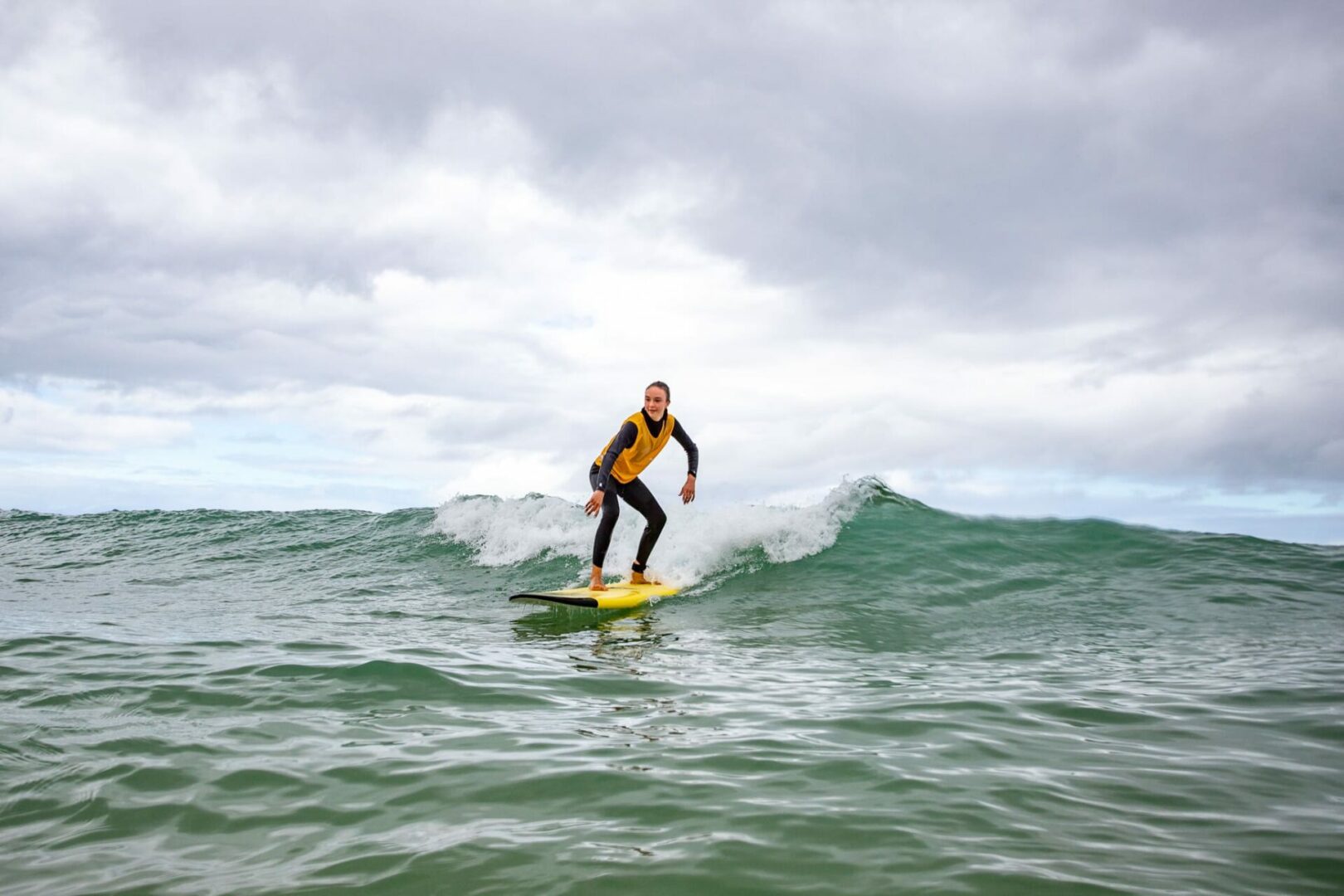

SURF LEXICON
Aloha : hawaiian master key word meaning at a time hello, goodbye, welcome, thank you…
Backside : postion with the wave on your back.
Frontside : postion facing the wave.
Goofy : postion up on the board with right foot front.
Regular : position on the board with left foot front.
Session : the moment you spend surfing.
Set : a group of bigger waves.
Shaka : hand gesture, fingers folded except thumb and little finger. Surfer’s rallying sign. As « aloha », it’s a master key sign.
Shape : the shape given to the foam blank when making the board.
Shaper : craftman making surfboards.
Wipe out : surfer’s fall.
Baïne : water hole formed between the coast and a sand bank, creating a flow to outside.
Beach break : spot where waves break on a sandy bottom, Lacanau for example.
Close out : wave breaking all along, giving no section to surf.
Curl : the point between the foam and the green part of the wave. It’s the point where speed, slope and power are the most important.
Right : wave breaking on the right side for the surfer, the reverse seen from the beach.
Shoulder : part oft he wave that didn’t break yet, it’s the green part oft he wave.
Flat : when the ocean is flat, there’s no waves.
Left : wave breaking on the left for the surfer, the reverse seen from the beach.
Glassy : no wind, the water surface is perfectly smooth.
Inside : The area of whitewater where the waves have broken, between the shore and the line-up.Can also be used to describe the section of a wave that breaks towards the end of the ride, closest to the shore.
Lip : part of the wave that is breaking and projected in front.
Line up : area where the surfer waits for waves.
Off-shore : wind blowing from the land, liked by surfers because it makes waves hollow and smooth.
On-shore : wind blowing from the sea, flattening waves and rippling the water surface.
Outside : the area beyond the line-up.
Period : time between two swell’s peak.
Peak : area where the wave starts breaking.
Point break : spot where waves break along a point or aside a bay. Waves are generally very long.
Reef break : spot where waves break on a rocky, volcanic or corally bottom.
Section : a part of the wave that is breaking.
Shore break : wave breaking right on the shore.
Side-shore : wind blowing from the side.
Spot : the place where you surf.
Swell : movement of ripple on the ocean without breking waves.
Bodyboard : small softboard on which you lay down. Generally used with flippers.
Bodysurf : surfing with your body, without any board.
Foil : board with a matt, a stabilizer and a wing. It consists in surfing the swell. Surfboard with an hydrofoil under the board. It makes the board flying over water and getting more speed than a classic surfboard.
Kneeboard : board on which you stay on your knees. Also used with flippers.
Longboard : big board over 9’ (2m75).
Tandem : surfing in couple on a very big board. Surfers do acrobatic lifts.
Tow-in : huge waves surfing. The surfer is towed by a jet ski to get on the wave.
Skimboard : small wooden or resin board that we use on the shore.
Surfing : « classic » surfing, practice on a shortboard, an hybrid or a malibu.
SUP (Stand Up Paddle) : big wide board on which you catch wave standing up, using a paddle.
Evolutive / Hybrid : intermediate board, between malibu and shortboard.
Fish : small wide board, recognizable by its fish tail.
Gun : ong, pin and tapered board for very big waves.
Longboard : big board over 9’ (2m75).
Malibu : middle length board (7’ to 8’11’’/2m10 to 2m70). Easy board and ideal to begin surfing.
Shortboard : short board, handy and radical, but also more technical.
Softboard : soft surfboard, very safe to learn.
Dims : the board dimensions( lenght, width, thickness, volume).
Fins : fins on the bottom of the wave permitting to control the board.
Fullsuit : long wetsuit.
Leash : cord connecting the board to surfer’s ankle.
Nose : the front end of the board.
Outline or template : general line oft he board, seen from over.
Foot : English measure used for the lenght of the board (1foot=30.48cm). 1 foot is equivalent to 12 inches.
Inch : English measure use fort he width oft he board (1inch=2.54cm).
Quattro or quad : surfboard with 4 fins.
Quiver : range of different boards of a surfer.
Rails : edges of the board.
Rocker : general curve of the board seen from the side.
Single : surfboard with only 1 fin.
Shorty : short wetsuit.
Surfboard : the board you are surfing with. There are many shapes depending of your level and conditions.
Tail : the back end oft he board.
Thruster : surfboard with 3 fins.
Twin : surfboard with 2 fins.
Wax : paraffin wax that we spread out on the board not to slip.
Aerial (or air) : air trick consisting in using the wave as a springboard to take off in the air.
Bottom turn : turn at the bottom oft he wave, basic maneuver allowing to take a direction.
Duck dive : consists in diving under the wave with the board to go behind the wave when you reach the line up.
Cut back : turn to come back to the breaking point of the wave.
Floater : maneuver used to pass a section sliding on the lip.
Roller (top turn) : turn on top of the wave.
Switch foot : surfing the wave switching your foot position. A regular put his right foot front, a goofy put his left foot front.
Take off : it’s the start and the redress on a green wave.
Tube : surfing’s grail. Consists in surfing inside the wave and get out of it.
Hang five : put one foot (5 toes) at the end of the nose of the board.
Hang ten : put two feet (10 toes) at the end of the nose of the board.
Nose riding : consists in walking tot he nose oft he board following the wave.
Duke Kahanamoku : « the duke » is the father of modern surfing, swimming olympic champion, he’s the one that popularized surfing out of Hawaii from 1910’s doing demos all over the world.
Kelly Slater : the greatest champion in surfing history. 11 times world champion and multiple records holder. At 49, he’s still competing on the World Tour, the professional world championship.
Laird Hamilton : legend and big wave specialist. He’s the one that invented the tow-in to catch even bigger waves. He made accessible waves which were unsurfable by paddling until there. He also invented foil surfing and popularized Stand Up Paddle.
Mentawai archipelago : located north-west of Indonesia, this archipelago hosts some of the most beautiful waves in the world.
Lacanau : the most popular surf spot in Gironde. With large golden sandy beaches, Lacanau is an ideal spot to learn and improve. World famous for its wave quality but also for hosting every year the oldest professional contest in Europe, the « Lacanau Pro ».
Malibu : located in Los Angeles, Malibu is the cradle of surf culture in California. The long waves here are especially suitable for longboarding.
Nazaré : located between Lisboa and Porto, this small fishermen town hosts the biggest waves in the world. Biggest surfed wave records are broken here every year.
Pipeline : located on the North Coast of O’ahu Island in the hawaiian archipelago, it’s probably the most mythical spot in the world, but also the most competitive. Well known for its power and tubes perfection, but also for its dangerousness. The « Pipe Master », the most prestigious contest of the World Tour is happening there every year.
Teahupo’o : world famous spot located in Tahiti. Known to offer the biggest and most beautiful tubes of the planet but also for being one of the most dangerous spot in the world. Teahupo’o will host the surf contest of the Paris 2024 Olympic Games.
